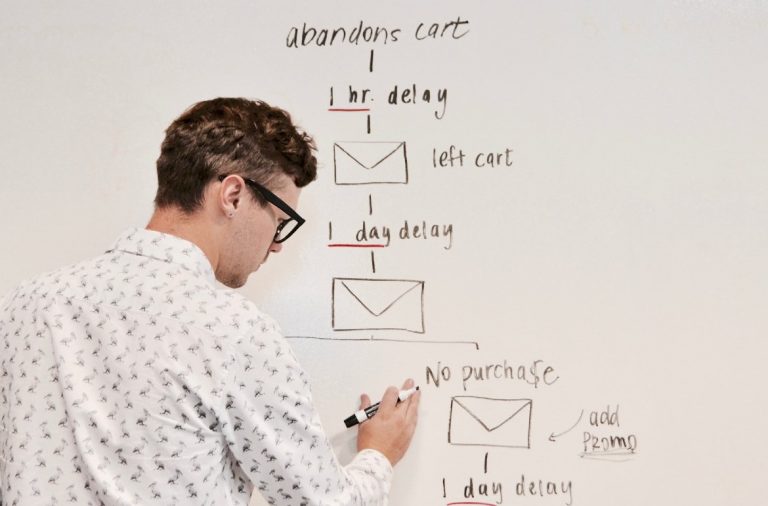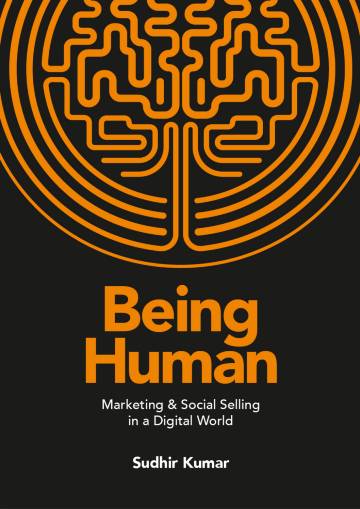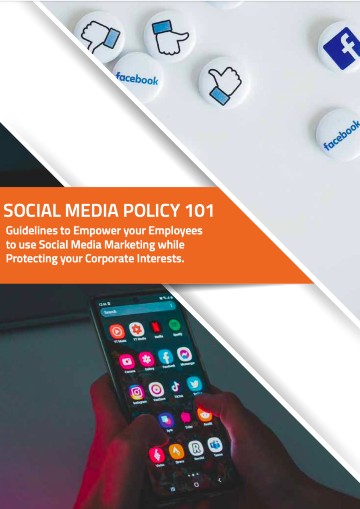
Picture this. You slugged it out through alpha and beta. You sailed through positioning and product launch. Reception looked promising as hell. But the sales just never took off.
What gives?
As marketers, one of our most important jobs is to find and attract customers to our brand – and to get the right message to the right customer, at exactly (you guessed it!) the right time. The flip side today is that it’s getting increasingly harder and costlier to do this. But brutal as it is, the truth is, the better you know who you’re selling to, the more effectively you can reach and communicate with them.
That’s why you need to know your buyer personas like the proverbial back of your hand. Buyer personas provide you with critical, actionable insights that can be leveraged to paint a clear picture of exactly who you’re trying to attract, when’s the best time to approach them, and how to communicate with them for the maximum conversions.
This is particularly important when it comes to brand advocacy, which is by nature an amplified version of marketing – and can be overwhelming if directed at the wrong people, or at the wrong time.
So how do you define the perfect buyer personas for your brand?
Research your target audience.
The stronger your buyer personas, the more targeted and effective your marketing efforts can be. And more potential user adoption and participation in content. And strong buyer personas can only be created based on thorough market research, coupled with insights that you gather from your existing customer base. The aim of creating a buyer persona is to build a character sketch of the kind of people who’d be interested in buying your product/ service.
- The following details prove helpful in completing that sketch: Demographics — age, gender, marital status, area of residence, job title, income range, educational background
- Psychology — preferences, attitudes, beliefs, circumstances
- Why do they want to buy your product, and where?
- What challenge are they hoping to solve? What functions do they find most useful?
- Is there any reason they would consider not buying it?
- How do they prefer to receive communication – online, via phone, or face to face?
- What is the buyer’s role in his/ her company? Are they involved in key decision making?
- What interests the buyer?
- Are they tech savvy? How much?
- Which social networks do they prefer?
- What are their most common objections to buying?
- Who does the buyer live with?
Remember, every detail you add to a persona should inform an action. Don’t waste your time collecting anything that isn’t relevant to your brand strategy.
Send out questionnaires.
Once you’ve done a preliminary sketch, it’s time to get intimate. You can gather a goldmine of information by sending out questionnaires containing much more specific questions than the ones above to your existing customer base. For instance, is there any reason they’d consider switching from you to another brand? What could prompt a switch? What do they not like about your offering? Remember to be polite, and if possible, consider offering a nominal incentive (like a discount coupon or free sample) as a token of appreciation for the time taken to complete your survey.
If you’re short of time or money, a useful tactic is also to check with your customer-facing employees. They usually have a wealth of information about the clients they work with – all you need to do is ask! Run questions by them and add in their responses for richer buyer personas. Finally, you can always answer a few of the questions based on your own past experiences and observations. While this may obviously be subject to a certain level of (human) bias, it may be just enough to inform a few actions till you gather further details.
Classify prospects by persona.
To be able to use your personas, you have to first classify them into manageable categories. It isn’t practical to create strategy for each different persona. Classifying personas will help you optimally customize your entire marketing strategy as closely as possible to your various prospect types.
When you first interact with prospects, ask clarifying questions (or a series of them) that can help you “bucket” them. For instance, if someone is looking to power up their marketing strategy to get in more relevant leads, or they’re trying to keep existing customers from switching, you bucket them in “sales & marketing.” On the other hand, if they find it challenging to revamp their website, you bucket them in “tech.”
Obviously, this step has a few limitations. Not all prospects will neatly fit into one or the other of your buyer personas. It’s also possible that the answers to your clarifying questions may be different from anything you anticipated. Don’t worry. Unexpected responses can help create new buyer personas in the future – till then, just bucket the prospect in the category that’s closest in nature.
Check your digital analytics.
While analytics can’t help you identify your target audience, they provide a wealth of demographic data about who’s currently engaging with your site and social profiles. These details give you an immediate idea of who’s interested in you already.
Stalk.
Yes. That’s what we said. If you’ve gone to all the effort of identifying and classifying your prospects, trust us, you’ll want to track them on all your channels. We recommend that you use an automated platform that allows you to customize the parameters that you want to track (it makes no sense tracking anything that isn’t relevant to you, does it?). Ensure that you monitor results regularly to adjust and modify plans as necessary.
Buyer personas are more than a mere foundation for targeted marketing and higher RoI. They’re your first step to understanding your customers and how best you can serve them with your product/ service. Once you’ve drawn up your sketches, leverage every bit of available creativity to customize the stories you tell them, all the while empathizing with their emotions. Make sure to share the sketches with all involved teams – sales, field, marketing, the works.
At the end of the day, the objective of creating buyer personas is to humanize your interaction with your customers and prospects…to not make them feel like you’re reading out from a customer support training manual. How you execute on them, of course, will depend on your company’s unique operational framework and business objectives. But by making the effort to map out your buyer personas, track them, and use them to refine your marketing campaigns, you’ll significantly increase your number of conversions.
You can also find this infographic on how to build accurate personas interesting.























